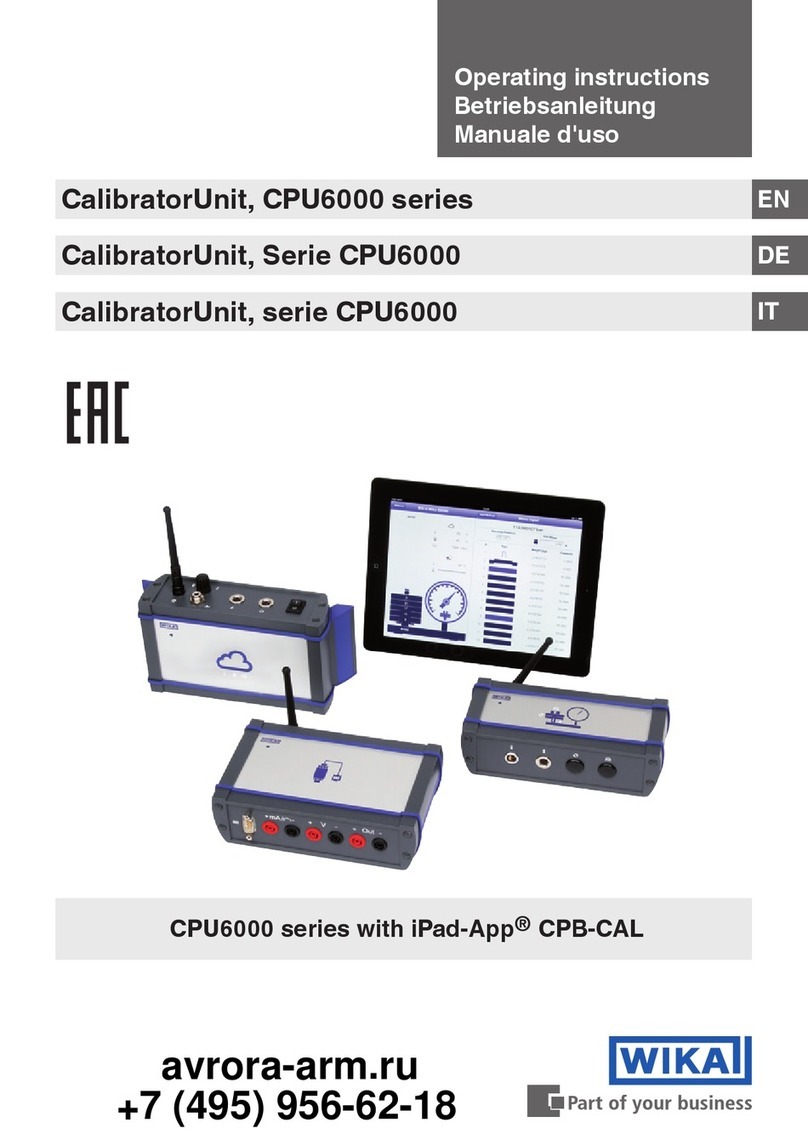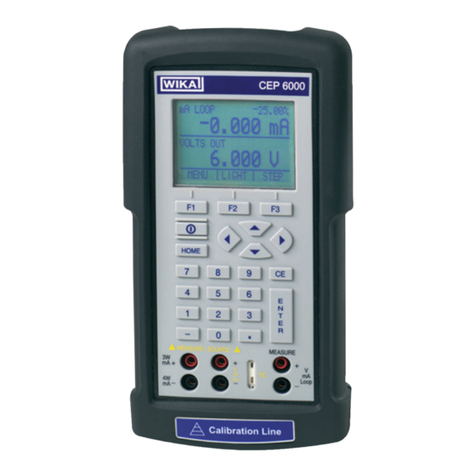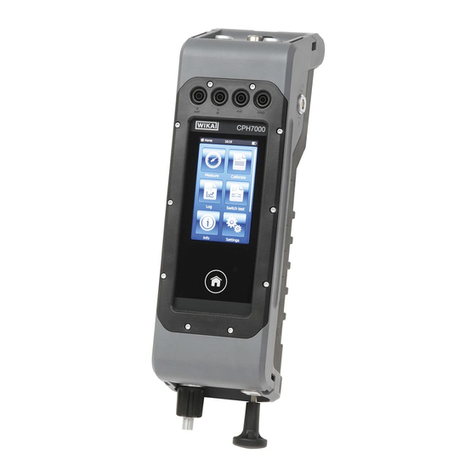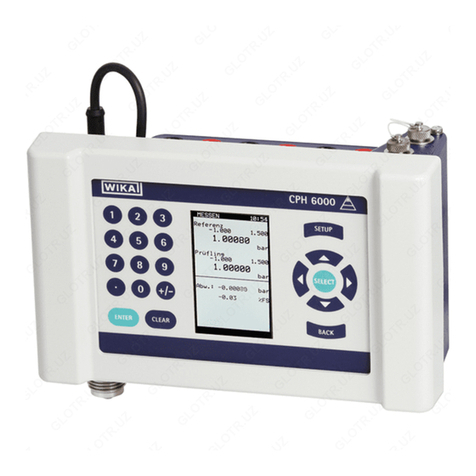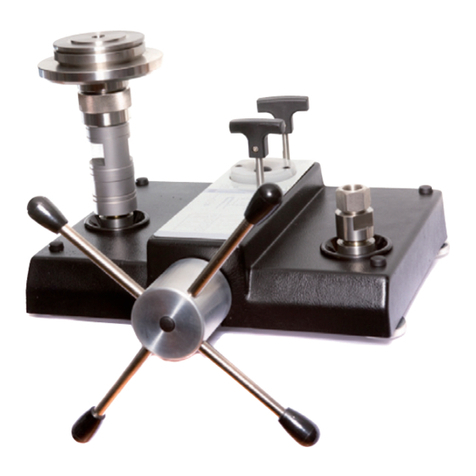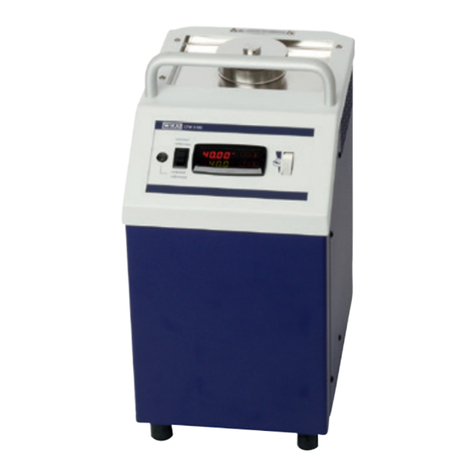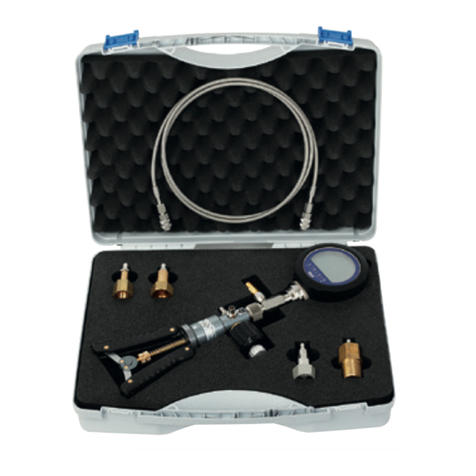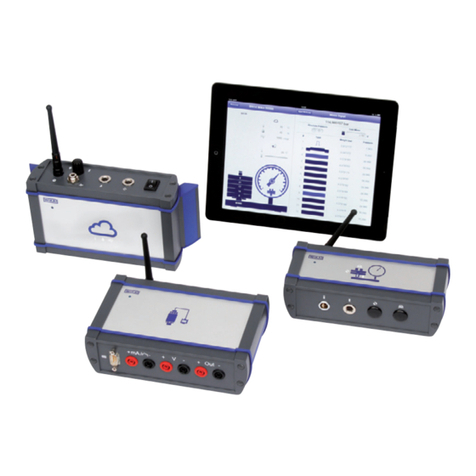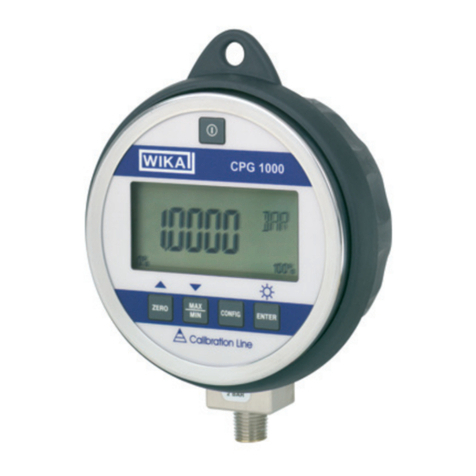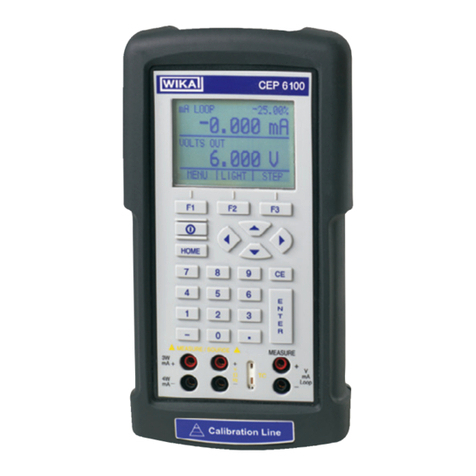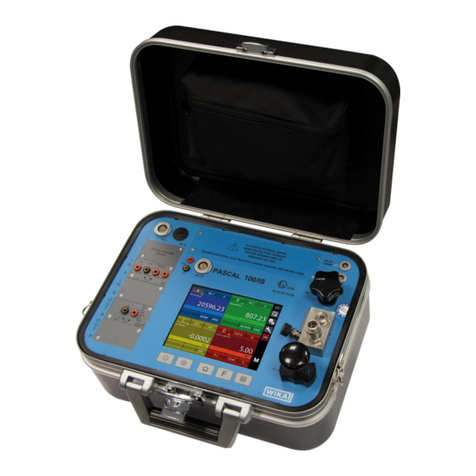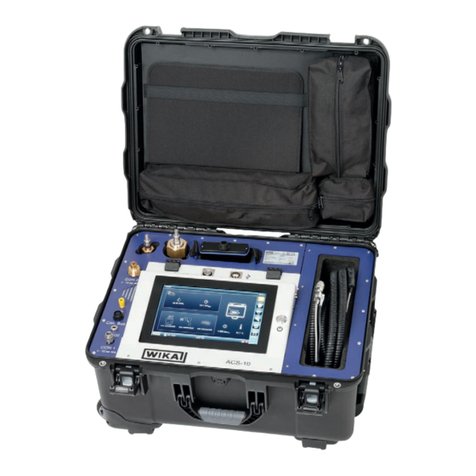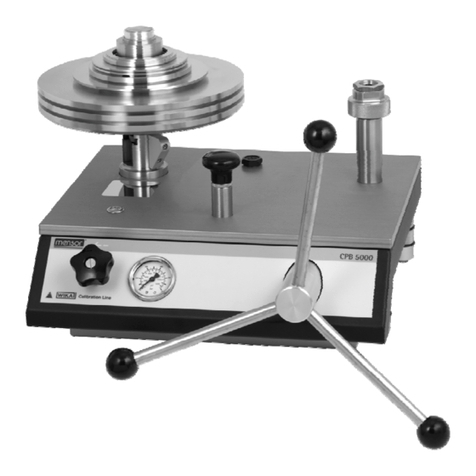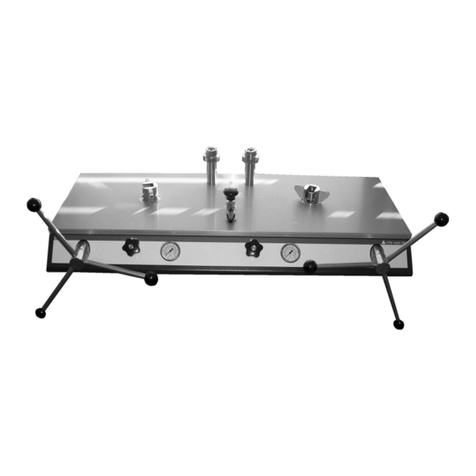C
C
Co
o
on
n
nt
t
te
e
en
n
nt
t
ts
s
s
1General Information.........................................................................................................5
2Safety..............................................................................................................................7
2.1 Intended use....................................................................................................................7
2.2 Personnel qualification.....................................................................................................8
2.3 Additional safety instructions for instruments with ATEX approval...................................8
2.4 Special hazards...............................................................................................................9
2.5 Labelling / safety marks.................................................................................................11
2.5.1 Product label .................................................................................................................11
2.5.2 Explanation of symbols..................................................................................................11
3Specifications ................................................................................................................12
4Design and Function......................................................................................................14
4.1 Short description / Description.......................................................................................14
4.2 Scope of delivery...........................................................................................................14
4.3 Pressure and electrical connections ..............................................................................15
4.4 Keypad..........................................................................................................................15
5Transport, packaging and storage .................................................................................16
5.1 Transport.......................................................................................................................16
5.2 Packaging......................................................................................................................16
5.3 Storage..........................................................................................................................16
6Commissioning, operation .............................................................................................17
6.1 Commissioning..............................................................................................................17
6.2 Calibrator display...........................................................................................................17
6.2.1 Main menu functionality.................................................................................................18
6.3 Using the backlighting....................................................................................................20
6.4 Using the "ZERO" function.............................................................................................20
6.4.1 Internal relative pressure sensor....................................................................................20
6.4.2 Internal absolute pressure sensor..................................................................................20
6.5 Other menu controlled functions....................................................................................21
6.5.1 Setting the contrast........................................................................................................21
6.5.2 Locking and unlocking configurations............................................................................21
6.5.3 Saving and recalling settings.........................................................................................22
6.5.4 Setting auto shut-off parameter .....................................................................................22
6.5.5 Activating and deactivating a display.............................................................................23
6.5.6 Low resolution function..................................................................................................23
6.5.7 Setting the resistance thermometer probe.....................................................................24
6.5.8 Damping / Average reading...........................................................................................24
6.6 Measuring pressure.......................................................................................................25
6.6.1 Media compatibility........................................................................................................25
6.7 Measuring current..........................................................................................................26
6.8 Measuring temperature with a resistance thermometer .................................................26
6.9 Performing a pressure switch test..................................................................................27
6.10 Calibrating transmitters..................................................................................................30
6.10.1 Using the mA measurement function.............................................................................30
6.10.2 Calibrating a pressure-to-current transmitter..................................................................30
6.10.3 “%-Error” function..........................................................................................................31
6.11 “MIN/MAX” value capture ..............................................................................................33
6.12 Factory settings.............................................................................................................34
6.13 Flow calibration..............................................................................................................35
7Maintenance, cleaning and servicing.............................................................................36
7.1 Maintenance..................................................................................................................36
7.2 Replacing batteries........................................................................................................36



